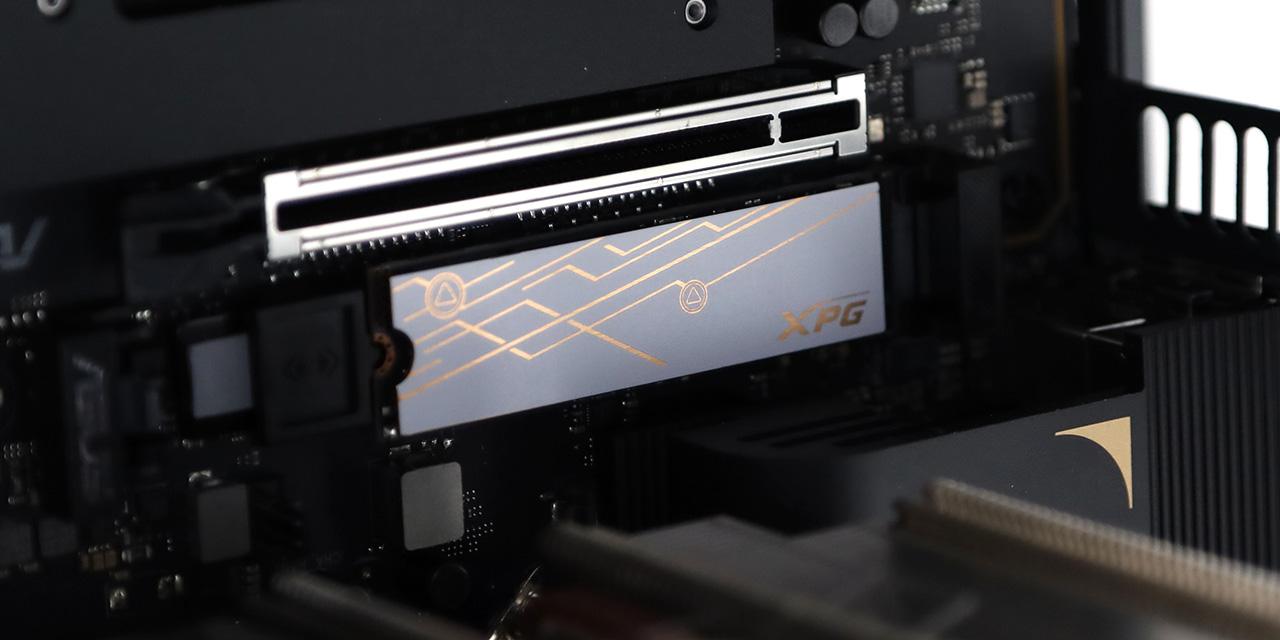Page 3 - Subjective Audio Analysis
This time around, I decided to test everything using an optical connection. My MacBook Pro is up for the task.
Reviewing audio devices require extensively trained ears and lots of experience. Even for audiophiles, it may prove challenging at times to obtain an accurate evaluation of a product without a thoroughly familiar product to use as a simultaneous reference. While I am not going to even try to claim that I am the only trustworthy or best reviewer for sound, it is fact that most computer review sites have editors who are insufficiently trained in reviewing audio equipment. Give them practically anything and all you will read about goes along the line of "good bass, nice midrange, awesome treble, really clear sound, 10/10". While there are many knowledgeable audio reviewers at various respected online media outlets, they are by far the minority.
As I have mentioned in my past audio reviews, there are really no true objective measurements for speaker sound quality. As the reviewer, however, I will put it through a series of subjective tests to try to come up with the most objective rating possible (Yes, it is quite a paradox haha). On the wired, analog side, tests were conducted primarily on my 2015 13" Apple MacBook Pro. For Bluetooth wireless tests, I mainly used a HTC Google Nexus 9 for its aptX support. These are some of the best consumer sound equipment out there in the market today, and will reduce its potential to be a limiting factor in our auditioning.
After over 100 hours of break-in time -- well above typically required period -- we put the Edifier S1000DB to the tests. All tone controls on the speakers were set to neutral. All tracks on our devices are uncompressed CDs, FLAC, or LAME encoded MP3s at 192kbps or higher.
Since the specifications on paper of the Edifier S1000DB are so close to the Audioengine HD6, I will have to inevitably draw some comparisons between the two. Do keep in mind Audioengine's flagship is more than twice the price of the S1000DB we are reviewing today, so please take that into account. Starting with the "big three", let me first clarify on some expectations. The fact is, even though you can reliably move quite a bit of air with its 5.5" woofers, the Edifier S1000DB is not a subwoofer. If you want to completely fill the low end, you will need big drivers to move lots of air. There is no way around physics. That said, I did a frequency sweep on these speakers, and there is almost flat response down to 50Hz -- exactly what its specifications suggest. It drops off quickly past this point, but you can still hear things reasonably clearly down to 30Hz. Unfortunately, there is no subwoofer output, leaving those who want to fill in the low end out in the cold.
When it comes to the bass, as I have just said, there is no way around physics, and I am very happy with the way Edifier's engineers tuned the S1000DB. Sometimes, for speaker manufacturers to try to hide limitations of their design, they will overdrive certain frequencies, resulting in disastrous effects. Edifier did not attempt make those 5.5" woofers work harder than it should at low frequencies, which is excellent. Going as low as 50Hz, during my frequency sweep, they were surprisingly good into the mid-bass. For the amount of bass you do get, it is solid smooth, defined, round and fairly articulate. It is neither deep nor punchy, so if you want some serious thump, you are out of luck. That said, if you are not a basshead, these speakers will meet your expectations.
The Edifier S1000DB's real story comes through in its midrange and treble performance, which is what they are really designed to do. It is interesting how the S1000DB is tuned compared to the HD6. The HD6 is tuned for studio monitor-like performance for a perfectly flat midrange and treble, while Edifier went the other way and made the S1000DB sound considerably brighter. In some ways, the S1000DB is like a mega HD3. It lacks the lower midrange the HD6 has, but the increased upper midrange and accentuated treble creates much higher clarity in this range -- especially the percussion instruments -- at the expense of the strictly faithful, naturally pleasant, and warm characteristics of the HD6. For its treble, its brighter output carries almost all the characteristics of what makes good treble sound good, and that is sharp, distinct, and wet. I have to say the treble really is the highlight of these speakers; being crisp, immediate, and high with demonstrated smoothness across the range. Overall, the bright sounding character of the Edifier S1000DB is energetic and fun to listen to if perfect faithfulness to the original production is not pursued.
As far as imaging is concerned, the Edifier S1000DB is fairly neutral with some centering characteristics. The soundstage is reasonably wide for its size; it might even sound slightly bigger than they are physically, but they are absolutely no match for the Audioengine HD6's incredible depth. For less than half the price of the Audioengine, I am not complaining though. I am extremely impressed by amount of precision and detail the Edifier S1000DB is able to reproduce. The layering comes in at a very detailed resolution, yet each frequency layer is distinct and very well separated. The sound is very clean. At the same time, the transition between each layer is smooth and cohesive, making everything sound harmonized and immersive to the listener. Unless you count the V-shaped output as a flaw, there is no missing detail with the S1000DB. Its clarity is simply excellent.
In the most un-audiophile way possible, I will close off with the power of these speakers. I am not the kind of guy who goes like, "These speakers are loud! They must be good!" but I am rather impressed by its ability to fill a medium sized room. But having the ability to fill a medium sized room is not the most impressive thing about the S1000DB though. The ability to fill a medium sized room with quality sound is. The bottom line? The Edifier S1000DB are not just big speakers. They are big on sound. The only thing they are not big on is price.
Page Index
1. Introduction, Packaging, Specifications
2. Physical Look - Hardware
3. Subjective Audio Analysis
4. Conclusion





